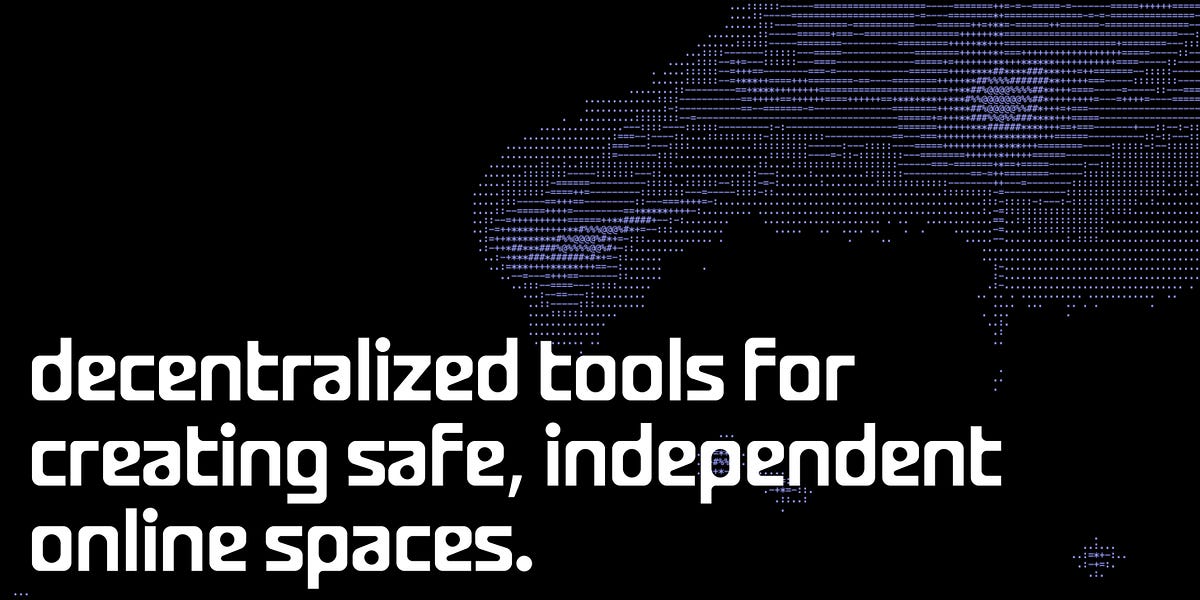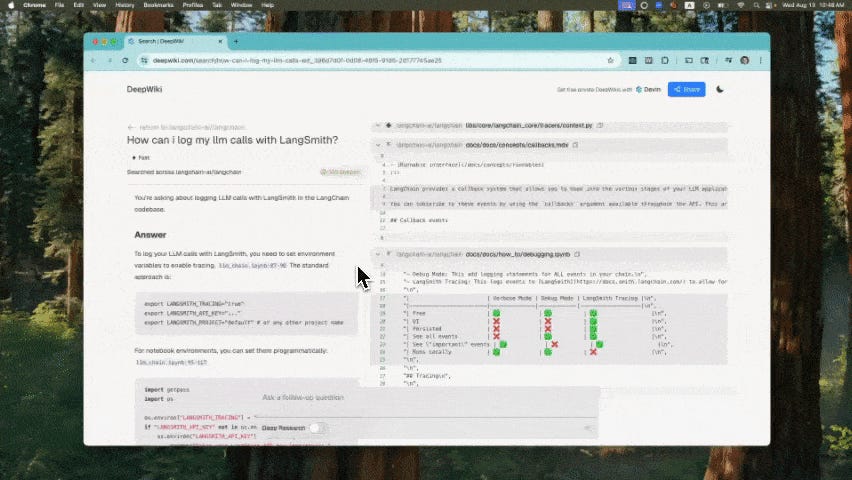The Death of SSL Certificate Management (as We Know It)
Managing SSL certificates is becoming a nightmare. What was once a quarterly task is now a weekly struggle, driven by increasingly stringent validation requirements and drastically shortened certificate lifespans—down to a mere 47 days by 2029! This escalating burden is pushing organizations towards platform-integrated certificate management or free alternatives like Let's Encrypt, potentially disrupting the traditional CA market. The author questions whether these changes genuinely enhance security or simply add unnecessary overhead for already strained IT teams.
Read more















